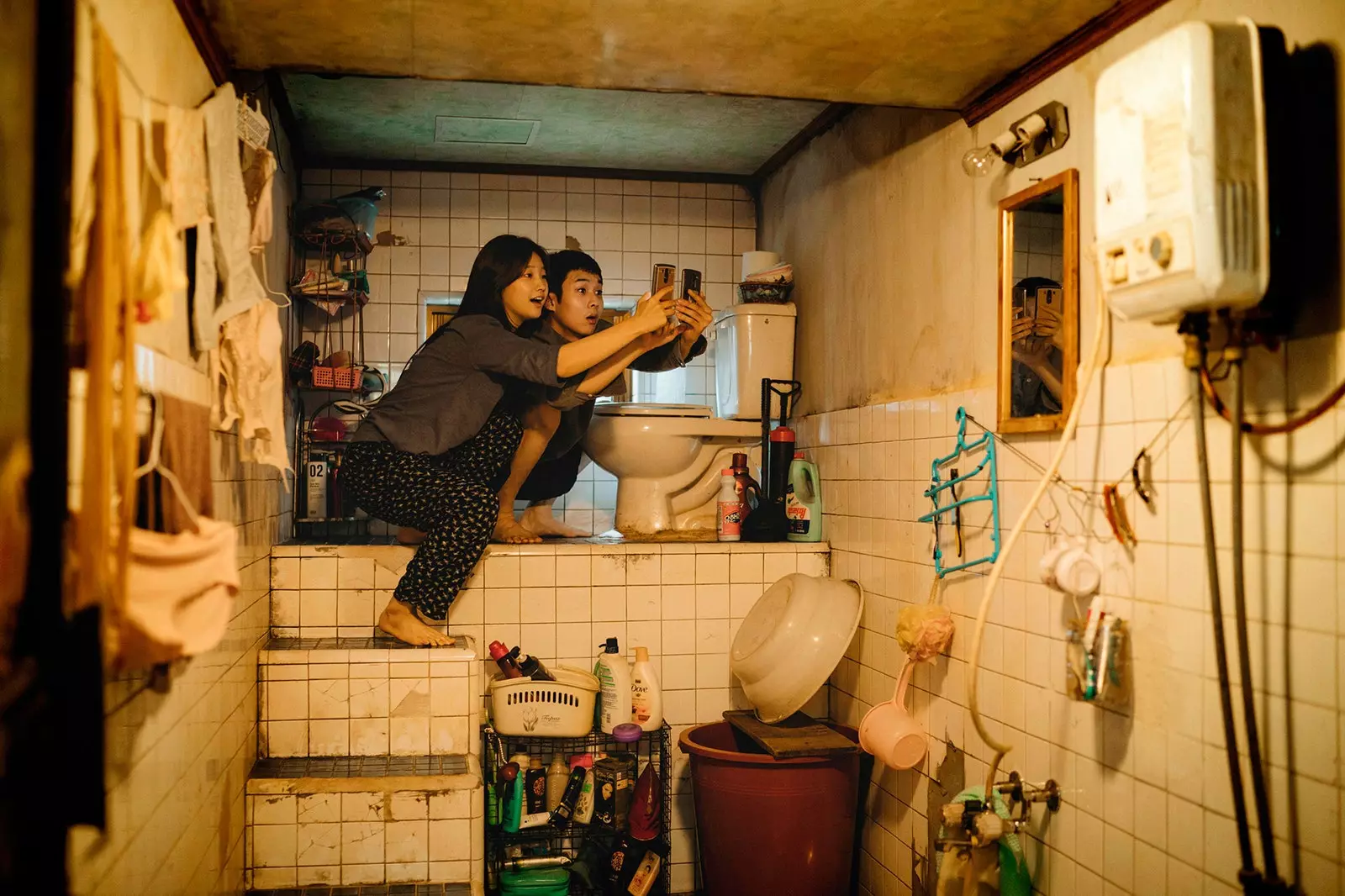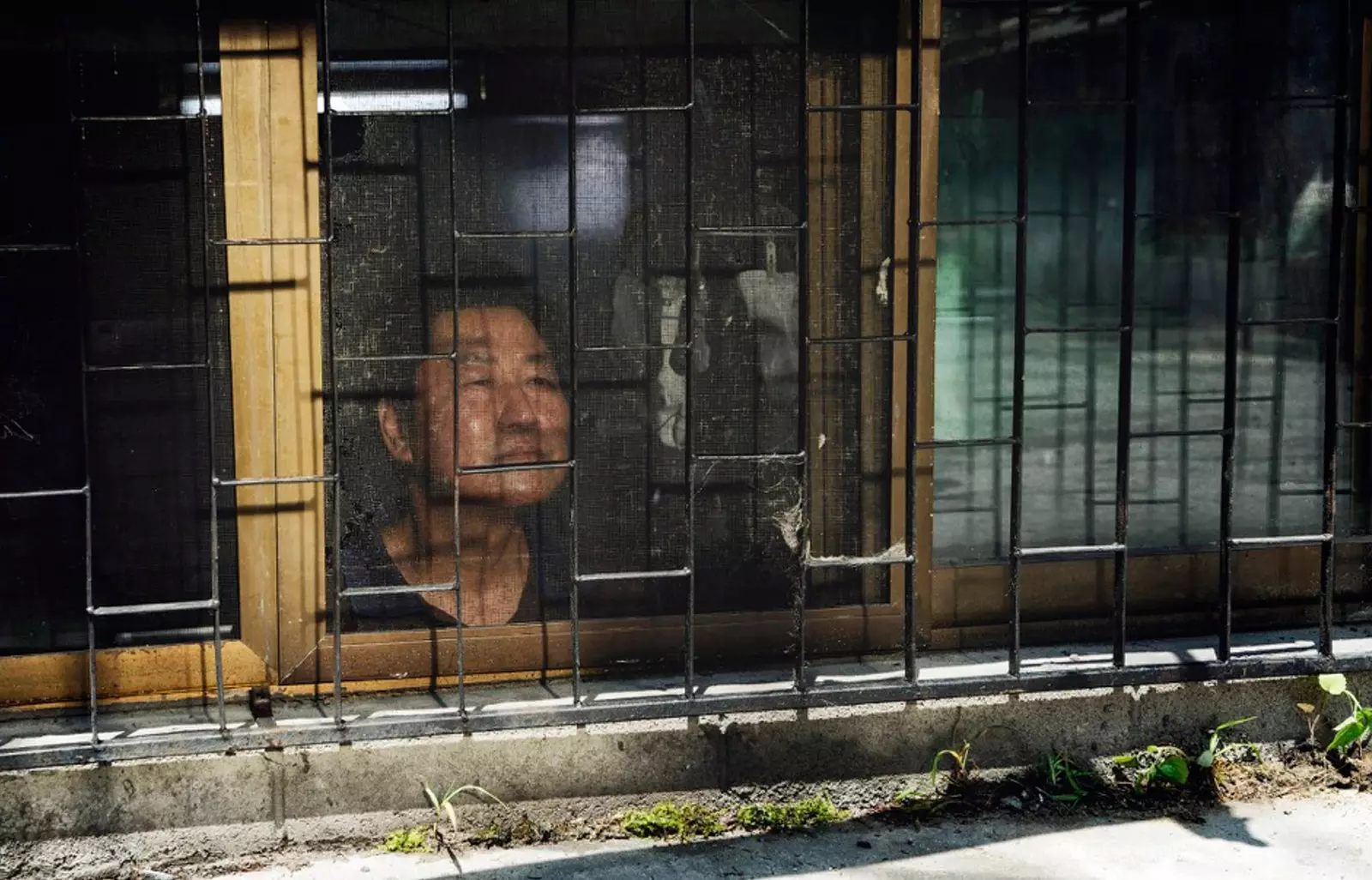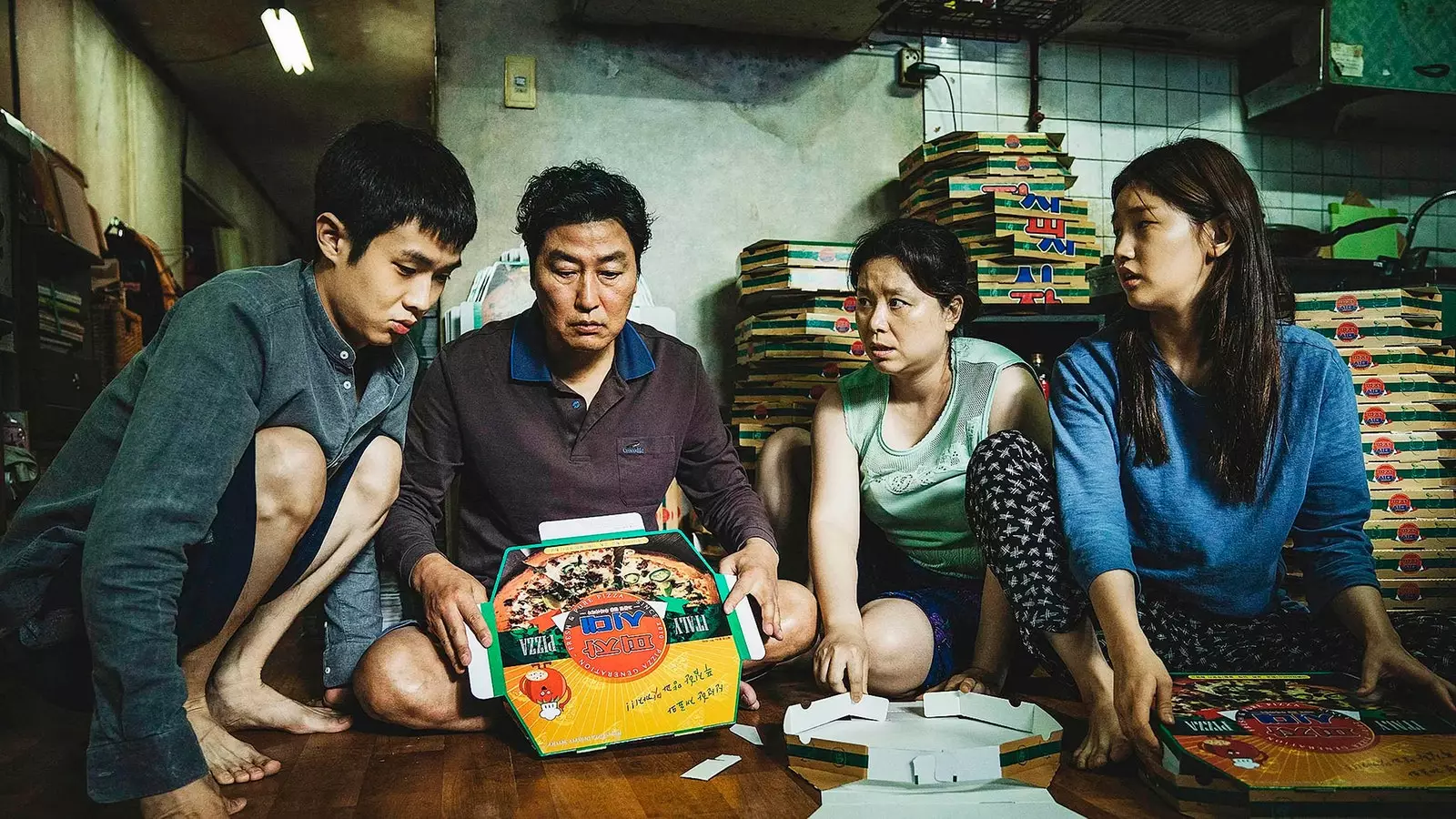
Can the fame of 'Parasite' be used to put an end to cage houses?
The kim family , from the Oscar-winning South Korean film parasite , go from living badly in a basement to enjoy the luxuries of a rich mansion. A Hong Kong NGO has been denouncing bad housing policies for more than 30 years that cause hundreds of thousands of people can only dream of something like a home.
The speed of events rushes downhill unchecked as success knocks hurriedly at the door. happens to the kim family in the film parasite and it has happened to Director Bong Joon-ho in real life. With his most personal work, with the tape that he digs into the entrenched evils in the depths of Korean society you know so well, has achieved something historic: win the Oscar for best film with a non-English production . The hollywood parasites , they call them with acid humour.

Parasite denounces the precarious housing situation in South Korea
parasite play masterly with horror and black comedy to harshly criticize the perversity of rampant capitalism . It crosses opposing cinematographic genres, but closely interconnected in the South Korean idiosyncrasies , where the rich perverts the poor and the poor is necessary for the rich to exist . A metalanguage designed by and for the Korean viewer, so many gags can go unnoticed by the West.
Checking all the interviews with the director during the promotion of his masterpiece, the one with the journalist stands out Luis Martinez above the rest, because he manages to get a good synopsis of what is happening right now in South Korea and that underlies each frame of parasite:
“I have never intended to propose a elaborate metaphor . It is clear that the poor family parasitizes the rich . They live hidden in your house and take advantage of it. But, obviously, the goal was to get to the opposite idea. It is the rich family that asserts its privileges as parasites of an entire system built by them and for them ”, says the acclaimed director.

The basement where the Kim family lives in the movie Parasite
It is precisely this type of phantom (but existing) construction that has provoked the most comment. Is it true that thousands of South Koreans live in semi-basements of a few square meters? The proliferation of so-called banjiha in seoul is as true as the promotion of the city as one of the most interesting tourist destinations in the world . Obviously, the photographs of these places do not appear in the brochure of any tourist office or in any information point map for the newly arrived tourist, but Parasite has served to bring the banjiha to the fore from fiction to reality. raw.
"We had to build the poor family's neighborhood between some alleys" says Bong Joon-ho in the Official Instagram of the acclaimed film . “The art department went to locations in Seoul ready for redevelopment, bringing back abandoned doors and other materials. Decades of dirt you could almost smell them ”, says the director.
In the film it is possible to accurately recreate the basements with poor lighting and poor ventilation , where the less privileged continue to hope for a better future. It is the case of the kim family , what in parasite has its banjiha in a cul-de-sac where drunks go to piss every morning, The last corner of the world where anyone would choose to live voluntarily is a space so bleak that phone coverage doesn't reach and the toilet is raised so as not to leave the home full of sewage.
What in South Korea they call banjiha , in Hong Kong they are known as “ subdivided units ”. A politically correct term that hides unhygienic and suffocating spaces what some call coffin cubicles , or even worse, cage houses built with barbed wire. Humans living as we would not wish even on the worst enemy.
Infrahuman spaces that The Society for Community Organization (SoCO) combat in Hong Kong, and that the photographer Benny Lamm immortalized in a campaign called Subdivided Flats for this NGO. A series of disturbing images taken from the perspective of the inhabitant (and not the one who looks like a passive subject) that served to put the focus on housing problems in Hong Kong. " I entered almost 100 floors I climbed numerous stairs when taking pictures. A few square meters can give for a toilet, a kitchen and a balcony . Enough space for three or four people reclining, four or five swivel chairs, and 57 pieces of tile on the wall. For some people, this is the size of the entire house they call home."
One can think that in those structures rents are given away and there is no problem finding a place if things go really bad for you. Well, quite the opposite. This is what those responsible for SoCO say: “ There is a severe housing supply shortage in Hong Kong . More than 200,000 local citizens have no choice but to live in tiny subdivided units. " Small unit, expensive rent " is the best representation of what happens daily among tenants. Given the current lack of control of rental prices, the unit can be relet at any time and the current tenant can even be forced to move if a better offer comes along”.
Tenants without any type of privilege who do not have the right to express their voice. At the end of the day, “Less privileged residents can only struggle to survive at the lowest level while waiting for the promised announcements of public housing flats that never come”. That's why from SoCO periodically visit these homes and monitor the living needs of its inhabitants.
Most are young workers far from the cliché of people outside of society or bordering on destitution . “We go house to house with the intention of improve housing policies and livelihood protection . Through services and social work, we improve living conditions and strive to ensure basic housing rights ”, they say on their website.
Another of the positive aspects that the overwhelming success of parasite is that I know put the focus on these shacks wrongly called 'housing' . A renewed attention that organizations like SoCO can only use for good. Because, as the South Korean director rightly says, it is not a parasite who lives as poorly as he can in these spaces, but the one that has allowed the cage houses to exist and continue standing.
